About
Mission
Our mission is to grow and cultivate the South-Asian A Cappella genre across the US and beyond. We strive to be the foundation on which the community is built by developing resources and providing a platform for the art form.
Vision
Our vision is to provide a way for every musician interested in South-Asian A Cappella to pursue this interest. We hope to see the genre reach greater heights and recognition around the world.
Our Story
Today, the South Asian A Cappella circuit consists of over 2,000 members, 80 groups, 8 competitions, and a national championship across 25 states. But to trace the story of this genre, we must go back over two decades.
The South Asian A Cappella genre was pioneered by Penn Masala, an all-male group founded in 1996 at the University of Pennsylvania. Over time, enthusiastic musicians across the country formed South Asian A Cappella groups at their own universities, carrying forward the torch from Penn Masala.
The genre itself continued to develop and grow, incorporating influences from classical South Asian music to hip hop and everything in between. A few notable names have risen to the uppermost echelon of South Asian A Cappella in popularity, such as Chai Town and Maize Mirchi, and competitive glory, such as Swaram A Cappella and Dhamakapella.
In 2004, Indus at the University of California, Berkeley, hosted Anahat, the first ever South Asian A Cappella competition. Since then, competitions have cropped up across the country, providing more opportunities for teams to prove their mettle.
By 2016, the South Asian A Cappella community had matured to a point where the need for a national entity to drive the development of the genre was too great to go unnoticed. And that’s where ASA came in.
Founded in 2016 by Arjun Aggarwal and Sahaana Sridhar, the Association of South-Asian A Cappella (ASA) aimed to provide a unifying force for the growth of South-Asian a cappella. Since 2016, ASA has worked tirelessly to foster the collegiate South-Asian A Cappella community and build a nationwide network to unite the members and alumni of groups and strengthen the bonds not only between teams from universities across the nation, but also between the South Asian and Contemporary a cappella communities.
The South Asian A Cappella community continues to grow and reach greater heights, and ASA is committed to helping this process in any and every way possible.
Initiatives
All-American Awaaz
All-American Awaaz (A3) is the National South Asian A Cappella Championship, serving as the conclusion to the competitive season presented by the Association of South-Asian A Cappella (ASA). The nation’s top teams will perform in front of the largest audience in the circuit and a panel of highly qualified judges to compete for the title of National Champion of South Asian A Cappella.
Alumkaar
Alumkaar is our very own all-alum South Asian A Cappella team comprising talented singers from across the country who come together virtually to create captivating musical arrangements that push the boundaries of South Asian A Cappella. With a diverse background, Alumkaar harmonizes tradition with modernity, infusing each performance with dynamic energy.
Network of
Desi A Cappella
Network of Desi A Cappella (NDA) is a community and platform dedicated to promoting and supporting South Asian A Cappella music globally. It serves as a hub for singers, arrangers, and enthusiasts to connect, collaborate, and showcase their talent. Through virtual connections, collaborative efforts, and workshops, NDA fosters creativity and camaraderie among its members.























